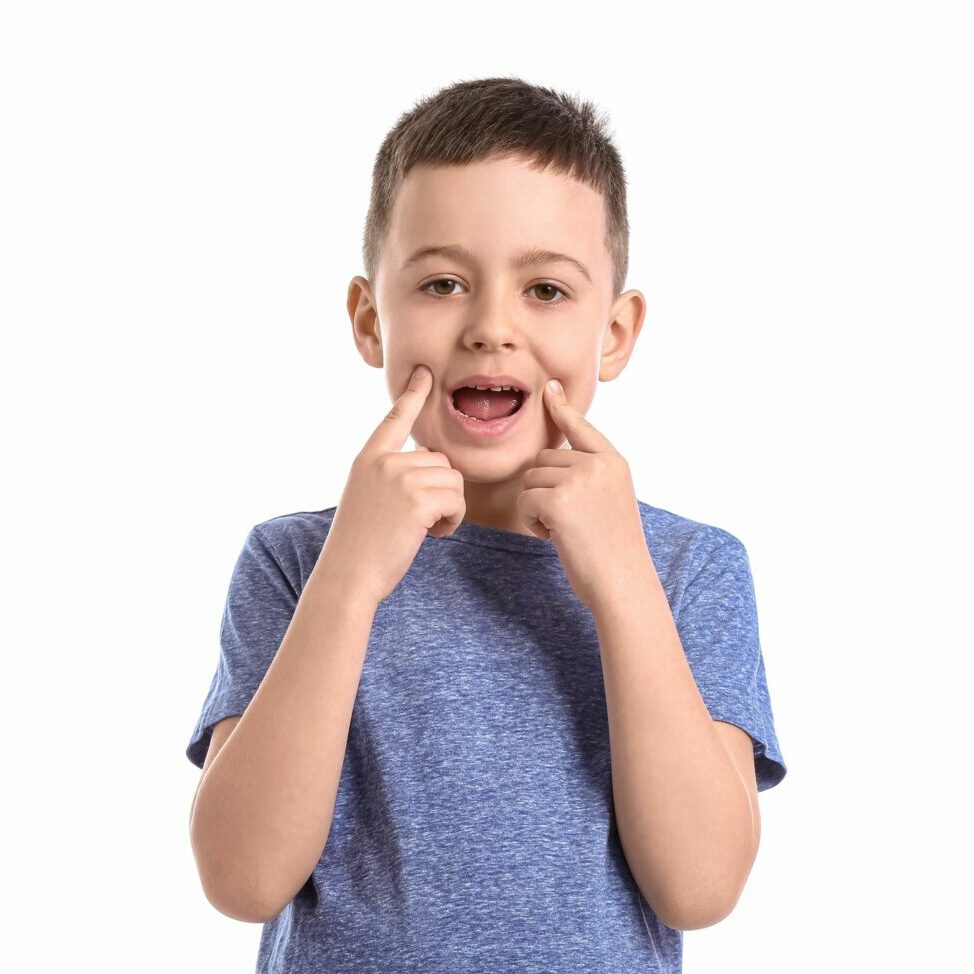Kaufman Speech to Language Protocol (K-SLP)
Kaufman Speech Praxis is a proven method for teaching young children how to produce and combine the oral motor movements necessary to speak functionally.
What is the Kaufman Speech to Language Protocol approach?
This treatment strategy was developed by Nancy Kaufman, M.A. CCC-SLP, who is a leading expert in the treatment of children with developmental apraxia of speech. The Kaufman Method teaches sound approximations using fun, play based activities to address difficulties using a sound hierarchy. Treatment starts where the indivdual child’s speech begins to breakdown motorically. After learning the basic vowels and consonants, children are taught word approximations so they can quickly begin using their ‘words’ to communicate. Once the basic vowel and consonant sounds and syllables have been mastered, more complex consonants and syllables are introduced.

Is it standardized?
Is it standardized?
Yes, the Kaufman Apraxia Test is a norm-referenced, standardized evaluation. It consists of Four Sections:
1.) Oral Movement
-
- Can the child execute oral movements upon command or by imitation?
- Examples include, opening mouth, producing voice, protruding tongue, lateralizing tongue, etc.
- Can the child execute oral movements upon command or by imitation?
2.) Simple
- Can the child produce simple isolated vowels?
- Can the child maintain the movements of 2 vowels together (dipthongs, i.e. ‘ai’, ‘oi’, ‘ou’)?
- Can the child produce simple isolated consonants (/m/,/t/,/p/,/b/,/h/,/d/,/n/)?
- Can the child imitate reduplicated syllables (i.e. ‘mama’)?
- Can the child maintain simple consonant production when a vowel is added (consonant-vowel ‘CV’ words such as ‘bye’)?
- Can the child maintain 2 syllables with only 1 consonant as in ‘o-puh’?
- Can the child maintain 2 syllables when the 2nd vowel changes (Consonant-vowel-consonant- vowel with vowel change as in ‘baby’)?
- Can the child maintain a CVC combination when both consonants are the same as in ‘pop’?
- Can the child maintain simple initial and final consonants in 1 syllable words (i.e. /m/ - /man/ - /home/)?
- Can the child maintain simple syllables with consonant and vowel change as in ‘happy’?
3.) Complex
- Can the child produce complex consonants? If so, can they be maintained in the initial and final positions of the words (i.e. /k/ - /cup/ - /book/)?
- Can the child maintain 2 consonants consecutively in context (i.e. Consonant blends such as -s blends (i.e. /st/), -r blends (i.e. /gr/), -l blends (/bl/)
- Can the child move from front (tip-alveolar) to back (velar) and vice versa as in ‘duck’ and ‘get’?
- Can the child maintain the word or previous error patterns when presented with a 2 syllable word (i.e. ‘wagon’)?
- Can the child produce 3-4 syllable words?
- Can the child maintain clarity from 1 syllable to 2 syllable to 3 syllable words (i.e. ‘win’ – ‘window’ – ‘windowsill’)
4.) Spontaneous Length
- Is the child completely intelligible in conversation?

You must be logged in to post a comment.